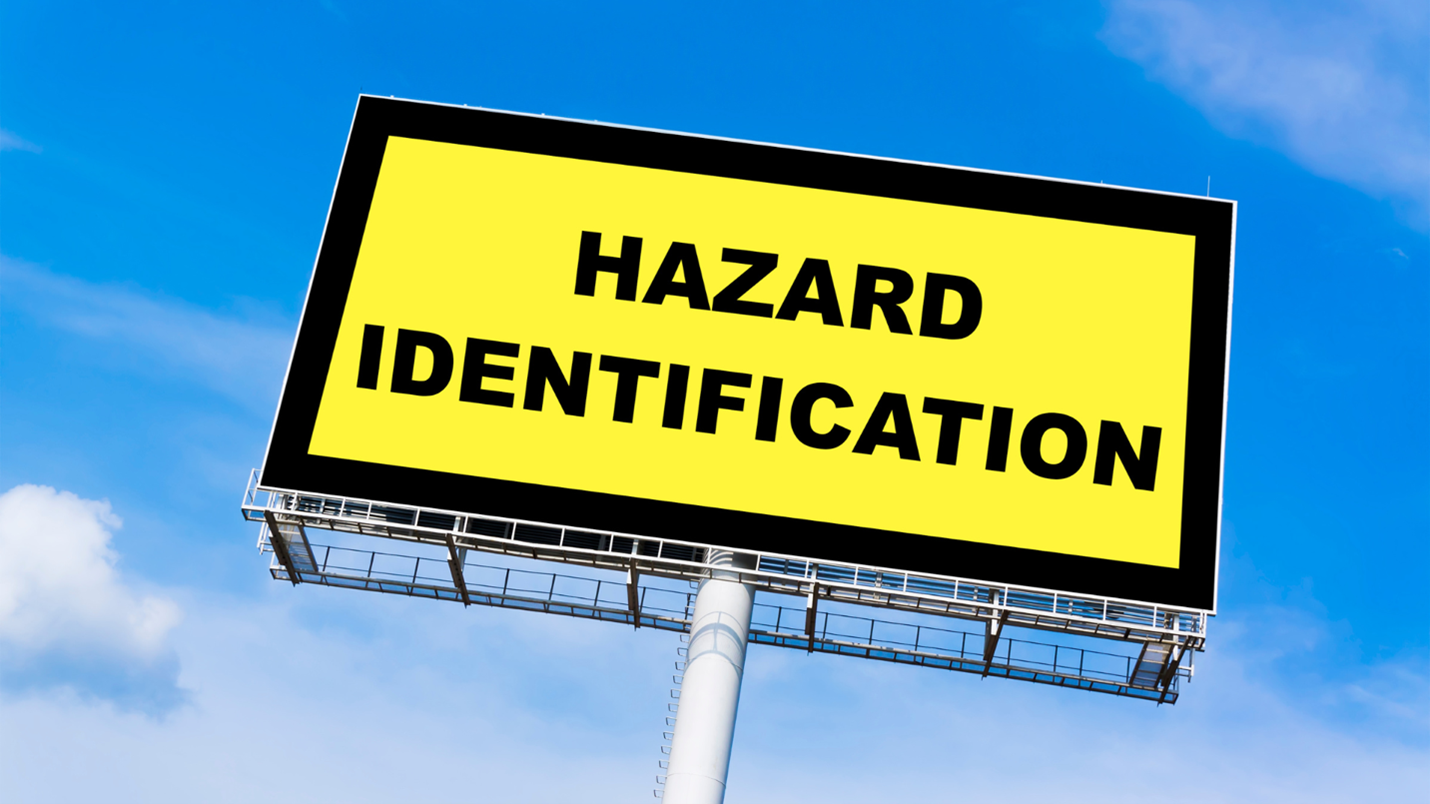Hazcom
-

Things You Can Do to Prepare Your Workplace to Handle Accidents & Incidents
As an employer or employee, it is important to be prepared for accidents and incidents that may occur in the workplace. Accidents can happen unexpectedly, and it is advantageous to be equipped with the necessary knowledge and resources to handle them. Here are ten things you can do to prepare your workplace for handling accidents […]... Learn more
-

What You Need to Know to Ensure Effective Usage of SDSs
Your workplace has hazardous chemical products that you are likely unaware of. The corresponding Safety Data Sheets for these products are filled with useful information for workplace safety. Properly managing those Safety Data Sheets is an important first step in becoming aware of the hazards and achieving chemical safety compliance. What is an SDS? Safety […]... Learn more
-

Risks Involved in Refilling Single-Use TC-39M/DOT-39 (Non-Refillable) Propane Cylinders
More and more Canadians purchase small, non-refillable propane cylinders yearly for heating and cooking during outdoor activities and torch fuel use. It is estimated that 2.2 million single-use cylinders are consumed annually in Canada. Refilling single-use propane cylinders — such as those typically used with camp stoves — is prohibited by British Columbia laws. The practice […]... Learn more
-

What Is The Difference Between WHMIS 2015 Vs HazCom 2012?
Workplace Hazardous Materials Information System, or WHMIS, is a comprehensive plan for providing health and safety information on hazardous products for use, handling, or storage in Canadian workplaces. Canada’s Hazardous Products Regulations (HPR) regulate hazardous products in Canada, as well as WHMIS, its national hazard communication standard. Provincial or territorial government departments responsible for health […]... Learn more
